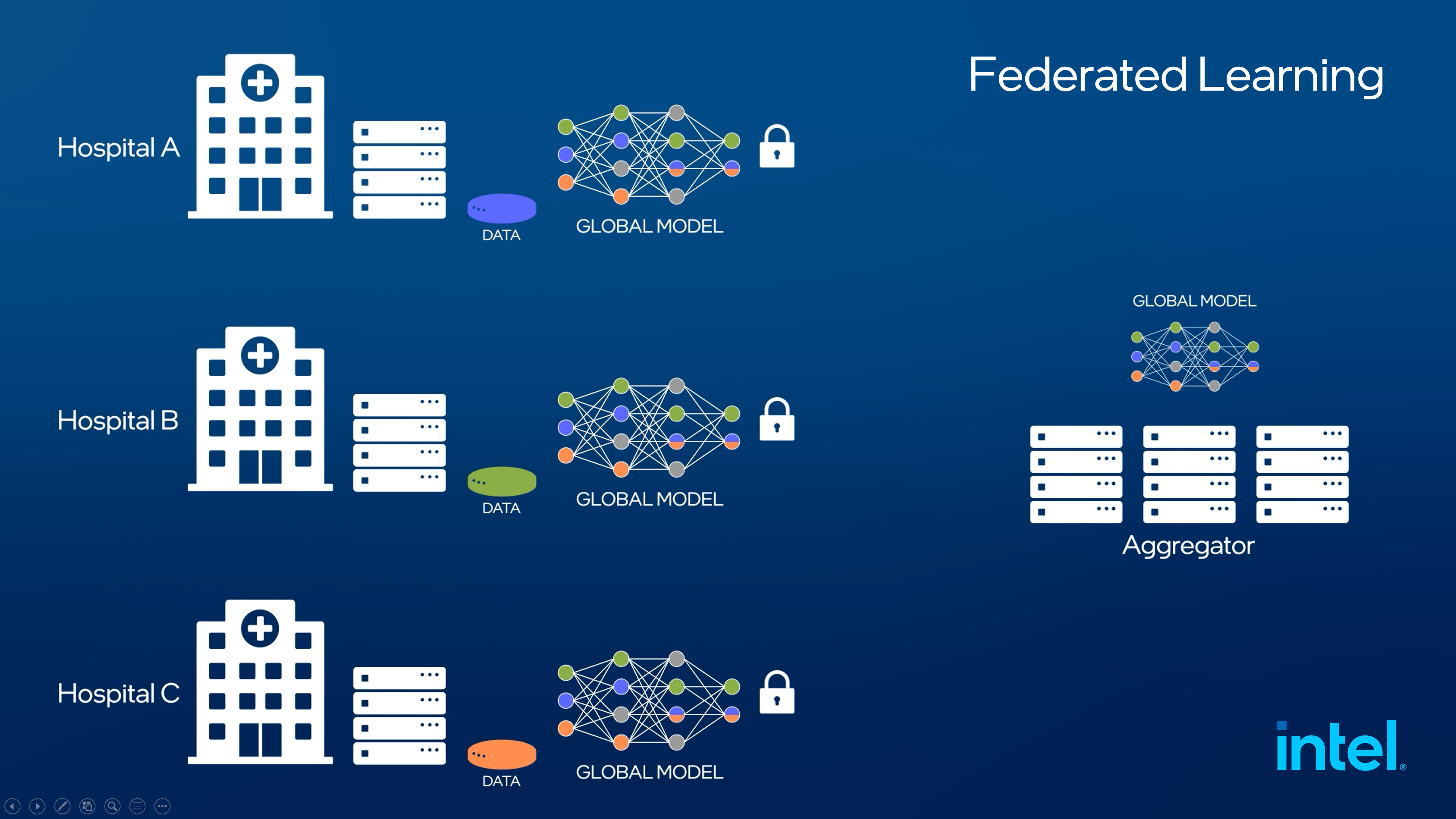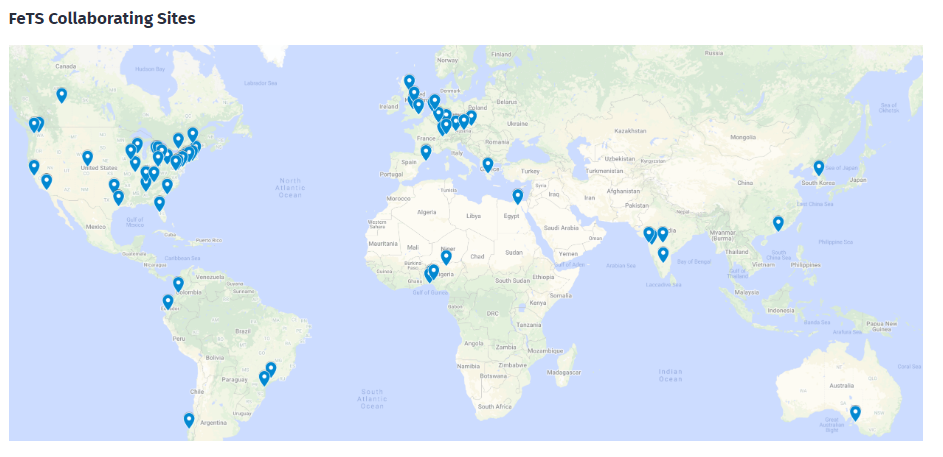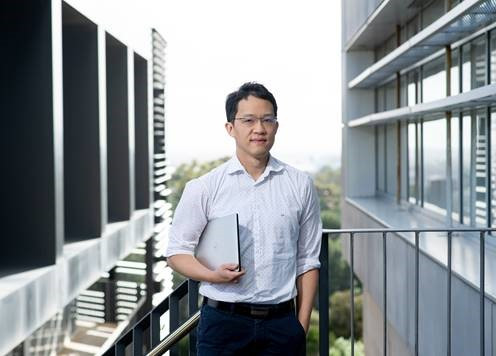Artificial intelligence enables largest global brain tumour study to date
Dr Mihn-Son To: Study uses federated machine learning and demonstrates improved glioblastoma tumour boundary detection by 33%
)%20(750%20%C3%97%20408px).png)
Research Update
Medical research uses patient data to help better understand and treat diseases, but data sharing across multiple institutions can be challenging in large multi-site research projects due to privacy laws and regulations. This can present a major obstacle when trying to better understand a rare and complex disease like Glioblastoma.
Led by researchers at Penn University and Intel Corporation, this study used an approach known as federated machine learning, where researchers and radiologists used their local patient data to train and develop an AI model to accurately identify and predict glioblastoma tumour boundaries on MRI brain scans. These models were then shared, updated based on data from all collaborating sites to produce a more accurate model, then returned securely to local sites, removing the need to share any patient data.

Using this method, radiologists were able to train the model using over 3.7 million images from 6134 glioblastoma patients at 71 sites across 6 different continents. The resulting model demonstrated a 33% improvement in detecting tumour boundaries, showing the benefit of such a large-scale collaboration, resulting in the single largest and most diverse dataset of glioblastoma patients ever published.

Congratulations to Dr Mihn-Son To from Flinders University who was involved in this ground-breaking project, the results of which were recently published in the academic journal Nature Communications. It is fantastic to see that the only Australian site that participated in the study was based right here in Adelaide, a testament to the quality of cutting edge research happening in SA!
Dr To thanked the NRF for providing continued support to such innovative research commenting “The NRF grant for expanding the SA Neurological Tumour Bank to incorporate imaging studies will enable more of this work in future.”

You can read the full text journal article here: https://www.nature.com/articles/s41467-022-33407-5
Pen Med press release: https://www.pennmedicine.org/news/news-releases/2022/december/ai-enables-the-largest-brain-tumor-study




